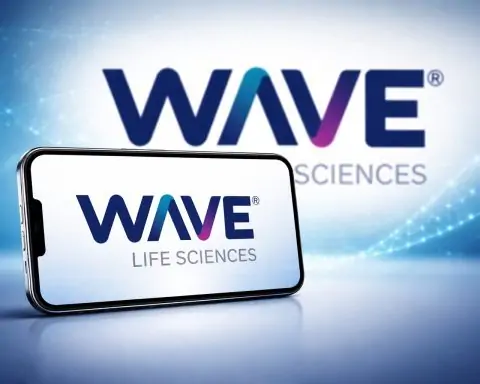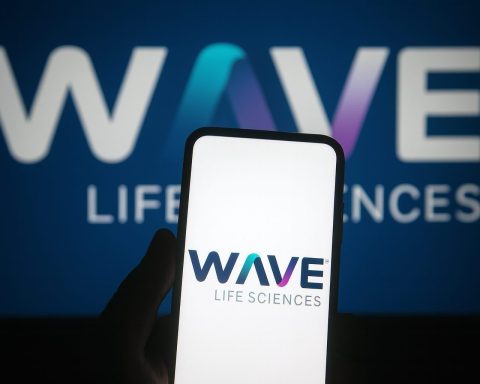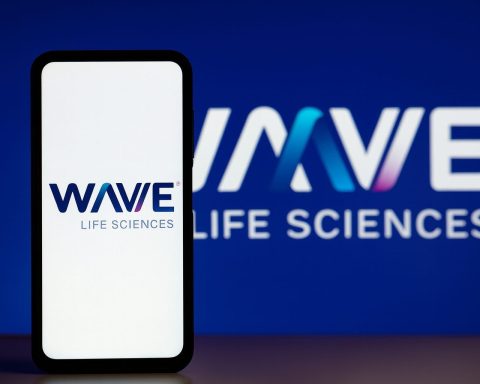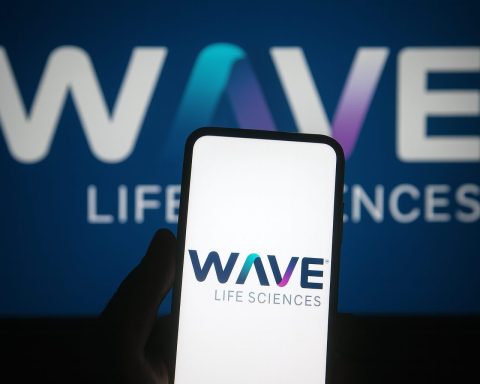
Wave Life Sciences (WVE) Stock News Today (Dec. 18, 2025): Why Shares Are Sliding, New Analyst Targets, and the Next Catalysts After WVE-007 Obesity Data
Wave Life Sciences Ltd. (NASDAQ: WVE) is back in the spotlight on December 18, 2025—not because of a brand-new press release, but because the stock is still digesting one of the most volatile biotech weeks of the year. In Thursday








